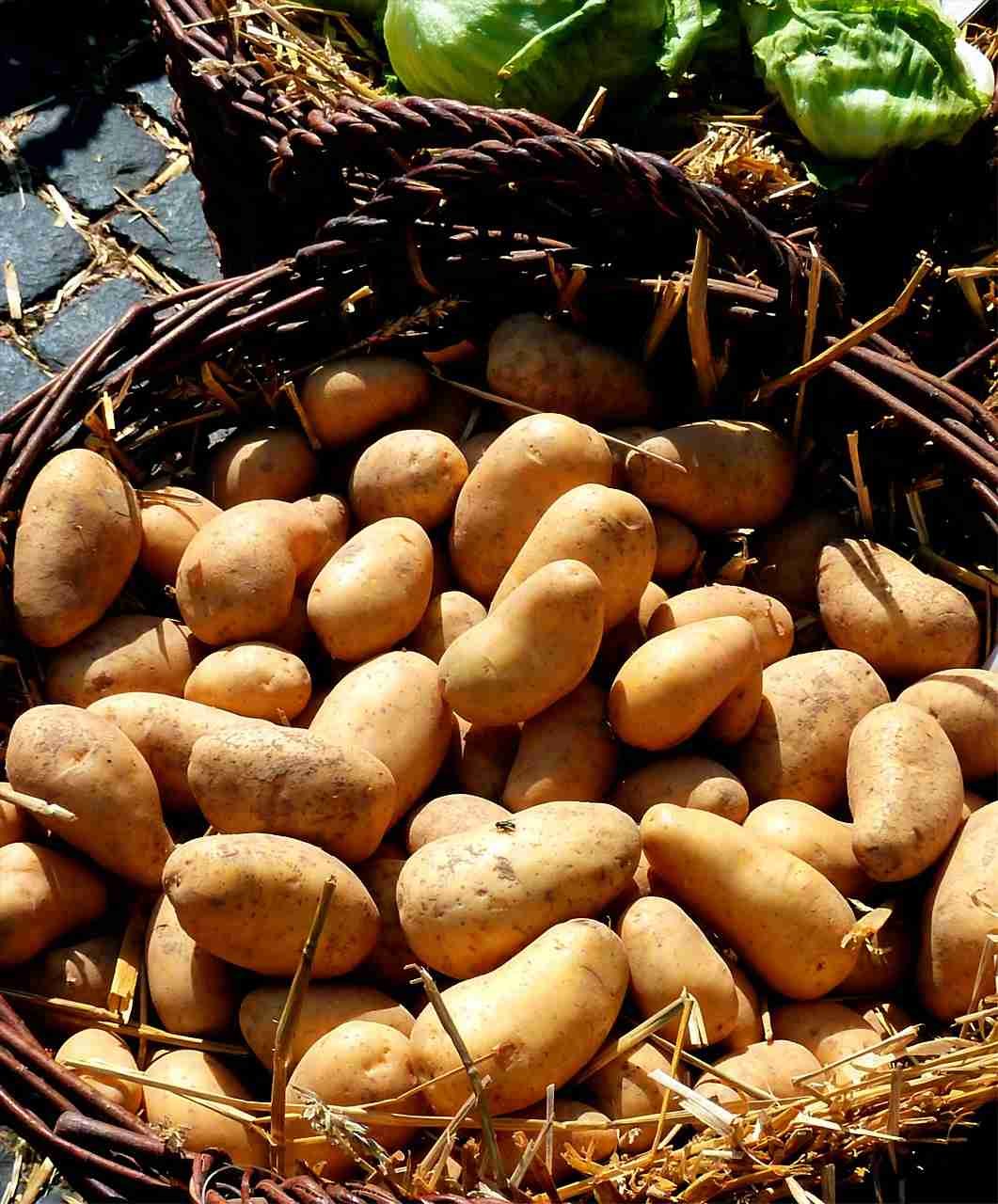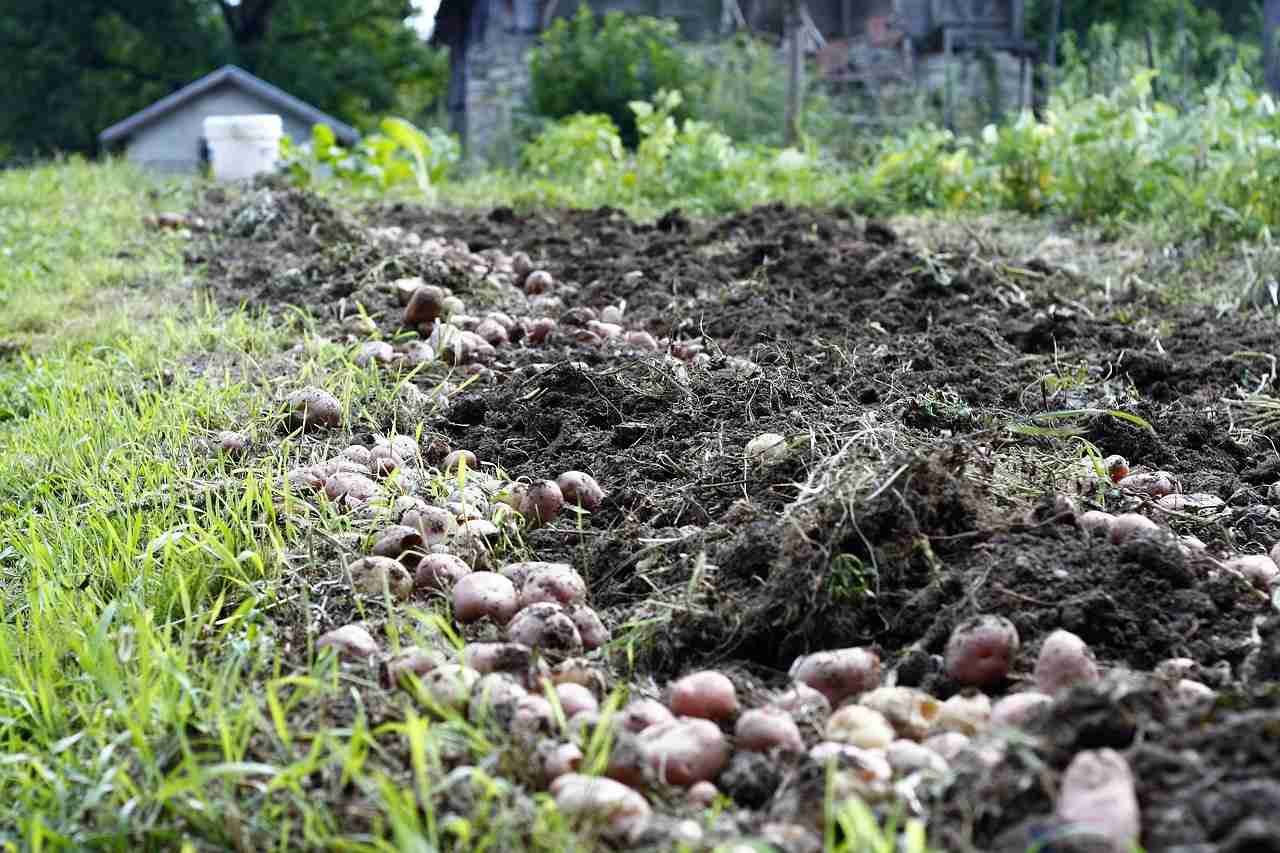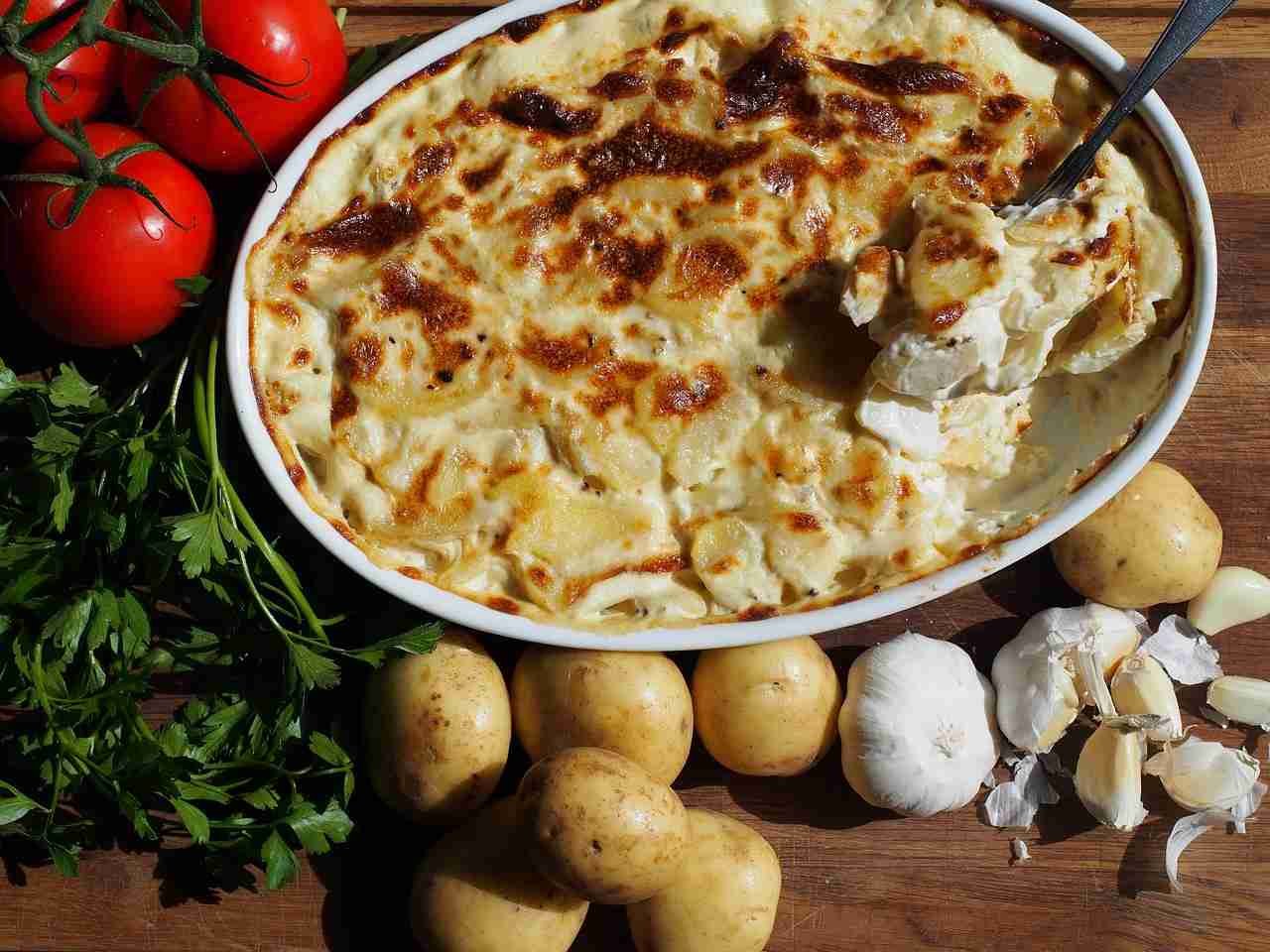We all know how potatoes made their way to Europe.
That was in 1536 when the Spanish conquistadors while invading South America discovered the flavors of the potato and transported them to Europe.
But despite the potato’s great potential as a food source, it was initially rejected by Europeans as a strange, unknown and potentially dangerous food source.
It would take nearly four decades for the potato to spread to the rest of Europe.
Who popularized this now-ubiquitous vegetable?
The answer is Antoine-Augustin Parmentier, an 18th-century French pharmacist, scientist and nutritionist who is credited with introducing and promoting potatoes as a healthy and nutritious food source.
Let’s take a look at the fascinating story of how Antoine-Augustin Parmentier popularized potatoes!
Who is Antoine-Augustin Parmentier?
Antoine-Augustin Parmentier was a French pharmacist, nutritionist, and agronomist.
He was born in Montdidier, Picardy on August 19, 1737 and died in Paris on December 13, 1813.
Parmentier first encountered potatoes while serving in the Seven Years War, where he was captured and forced to eat them by his Prussian captors.
After his return to France, he devoted his life to studying potatoes and wrote several influential publications on their nutritional value and health benefits.
One of his most famous accomplishments was to convince the court of Louis XVI and Marie-Antoinette to lift the ban on potatoes, which had been in place since the 17th century. He did this via a series of clever marketing and pr campaigns that focused on their nutritional benefits and the ease of cultivation.
In addition to his advocacy, Parmentier developed various potato recipes, wrote books on potato-based dishes, and even had an open air exhibition of potato plants in the Tuileries Gardens in 1785. As a result, potatoes were adopted as a staple food of the French population and eventually spread throughout Europe.
His legacy remains today in the form of the memorials and monuments dedicated to him, as well as his name being used for French versions of potato dishes such as hachis parmentier.
In addition, Antoine-Augustin Parmentier is celebrated every year on the 7th of February with National Parmentier Day, allowing French citizens to celebrate the contributions of this influential agronomist.
If you are in Paris, you can visit his tomb in the famous Pere-Lachaise cemetery where other celebrities are buried, from Molière to Jim Morisson.
You will most definitely see a bunch of potatoes that people often leave on his grave, no joke!

Where did potatoes come from?
Potatoes were first cultivated in the Andes around 8,000 BC by the indigenous people living there.
As time progressed, potatoes spread through the Latin American continent and eventually reached Europe in the 16th century. In 1589 sir Walter Raleigh introduced potatoes to Ireland.
Although the potato held enormous potential as a food source, Europeans initially shunned it due to its unfamiliar, mysterious and potentially hazardous nature.
Why were potatoes rejected in Europe?
In the 16th century, Europeans were initially hesitant to accept potatoes as a staple food source.
Why is that?
This was largely due to the fact that potatoes were believed to cause severe health issues, such as leprosy and scurvy, and were largely rejected as a food item.
It wasn’t until 1771, when Antoine-Augustin Parmentier began to advocate for the use of potatoes as a legit food source that potatoes began to gain popularity among Europeans.

How Parmentier popularized potatoes
During the 18th century, potatoes had been largely ignored or even looked down upon by many Europeans, particularly in France.
Parmentier was determined to change this sentiment.
His turning point in the potato’s acceptance came after a 1773 request from King Louis XVI to investigate the plant. Impressed by his findings, the King ordered Parmentier to provide potatoes to the royal court, which allowed Parmentier to prove potatoes were a safe, nutritious and cost-effective food source.
Parmentier then began a public relations campaign to promote potatoes in France.
1. PR campaigns
He gave lectures and wrote articles extolling the virtues of the plant, and even created a potato-themed gala complete with a potato-shaped ice sculpture to demonstrate the plant’s prestige.
Parmentier also gave the potato plant a new French name, “pomme de terre” which literally means apple from the earth, in an attempt to make it sound more appealing.
Parmentier’s efforts had a significant impact on French culture.
He established a potato festival, now known as “la Fête de la Pomme de Terre”, which is celebrated across France every August. In addition, many dishes and dishes that were developed in France as a result of Parmentier’s work, continue to be enjoyed today.

2. Educating the people
Parmentier is also credited with championing the plant in other countries. He sent potatoes to his inventor friends across Europe, and these friends took the potato back to their home countries, further spreading its popularity.
Antoine-Augustin Parmentier was highly successful in his campaign to educate the public about the health benefits of potatoes.
He held multiple dinners and banquets featuring potatoes as the main course. He also released a number of pamphlets and books outlining the nutritional value of potatoes and encouraging people to try them. In addition, he had potatoes planted in large fields, laid out in the shape of stars, for the public to observe.
He even went so far as to have them guarded by soldiers to give the impression that potatoes were highly valuable and desirable. Through his educational efforts, Parmentier was able to spread the knowledge of potatoes to many people.
3. Royal potato dinners
In order to further popularize potatoes, Antoine-Augustin Parmentier organized dinners for the royal court, of which he was a part.
These dinners consisted solely of potatoes and nothing else, in an effort to demonstrate the versatility and potential of potatoes as a crop. While some of the attendees at the dinners initially remained skeptical, others quickly began to recognize the potential of potatoes.
The dinners quickly generated a stir, and potatoes began to be seen with a new appreciation and intrigue.
The legacy of Parmentier’s work and dedication to the potato lives on, and potatoes are now one of the world’s most-consumed crops.
Legacy of Parmentier’s Work
Today, Antoine-Augustin Parmentier is remembered as the man who popularized potatoes throughout Europe during the late 18th century and helped to feed a rapidly growing population.
His work is even still relevant in the present day, as potatoes remain one of the most consumed crops in the world.
Parmentier’s methods of boosting potato consumption are still studied by politicians and historians alike, who use them as a model for successfully introducing new crops, such as cassava and sweet potatoes, or increasing production of existing ones.
His impact on European diets is reflected in the heritage of the region, with dishes such as the French potato-based classic, gratin dauphinois.
Parmentier’s impact went beyond just potato consumption, as his work with nutrition and hygiene was fundamental in developing modern agricultural methods. As a result, he is often remembered as one of the fathers of nutrition, with nutritional science and understanding growing as a result of his work.
Parmentier’s legacy lives on through the various awards and scholarships named in his honour, such as the Parmentier Prize, which is awarded annually to individuals who have made significant contributions to the field of food and nutrition in Europe. HIs legacy also includes the widespread presence of potatoes in modern European cuisine, as well as their presence in the diets of people around the world.
Parmentier stands as an example of a scientist who used his expertise to improve the lives of millions of people and to understand the world we live in today. His legacy will live on for generations to come, as he continues to be remembered for his work on nutrition and agriculture, as well as for his success in popularizing potatoes.
Popular French potato recipes
France has a rich culinary tradition, and potatoes are an important ingredient in many classic French dishes for decades now.
Here are 10 popular French potato dishes you must have heard of:
- Pommes Anna – thin layers of sliced potatoes cooked in butter until golden brown and crispy.
- Gratin Dauphinois – thinly sliced potatoes baked in cream and garlic until tender and creamy.
- Hachis Parmentier – a French version of shepherd’s pie, made with mashed potatoes and ground meat.
- Pommes de terre sautées – pan-fried potatoes that are crispy on the outside and tender on the inside.
- Tartiflette – a dish from the French Alps made with potatoes, bacon, onions, and Reblochon cheese.
- Aligot – mashed potatoes blended with garlic and cheese until they become stretchy and stringy.
- Fondant potatoes – soft and tender potatoes cooked slowly in a liquid, then reduced to create a rich, flavorful sauce that complements the potatoes.
- Lyonnaise potatoes – thinly sliced potatoes fried with onions until golden and crispy.
- Potatoes Boulangère – sliced potatoes layered with onions, stock, and herbs, then baked in the oven until tender.
- Poutine – a French-Canadian dish that consists of French fries topped with cheese curds and gravy.